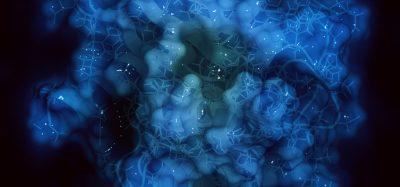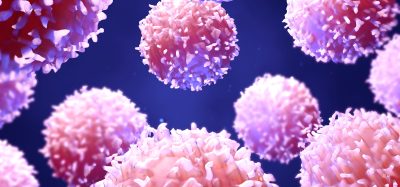RNA-targeting strategy can block Parkinson’s disease driver
Posted: 6 January 2020 | Drug Target Review | No comments yet
A new drug-like compound has been developed which reportedly prevents the body from producing a protein that is often at the root of Parkinson’s disease.

A drug-like compound has been developed that selectively prevents the production of the protein underlying most causes of Parkinson’s disease, alpha-synuclein.
The study was authored by Scripps Research, US chemistry professor Matthew D. Disney, PhD, and graduate student Peiyuan Zhang and their colleagues. The Scripps team collaborated with a team from Rutgers University, US led by M Maral Mouradian, MD, director of the Institute for Neurological Therapeutics.
Genes within DNA provide the code for specific proteins but for a gene to encode a protein, it must first be transcribed with the help of messenger RNA. This serves as a template for protein production (translation) which is orchestrated by molecular machines called ribosomes.
Disney’s alpha-synuclein compound, which he’s named synucleozid, stops the ribosome from detecting the messenger RNA template, thus preventing the translation or ‘printing’ of the alpha-synuclein protein.
“We showed not only that we can inhibit the translation of alpha-synuclein, which is an important protein in Parkinson’s disease and dementia, but also that this compound can stop its messenger RNA from being recognised by a ribosome,” said Disney. “In other words, the compound doesn’t allow the messenger RNA to be made into the alpha-synuclein protein. We believe this unique mechanism is broadly applicable.”
The alpha-synuclein protein has confounded scientists’ efforts to bind with medications, due to their undefined structure. The so-called ‘druggable genome’ is currently comprised of only about 3,000 genes out of an estimated 20,000 protein-coding genes. Disney says his research suggests that many undruggable proteins are transcribed by RNA that do have stable structures, meaning the RNA should be druggable, offering an effective workaround.
“We are applying this across a number of disease indications, with our priority being applying these approaches to the diseases that have the most urgent medical need,” Disney continued.
Symptoms of Parkinson’s disease emerge as the alpha-synuclein protein accumulates in brain cells, misfolding and aggregating to form clumps called Lewy bodies and Lewy neurites. Certain forms of these aggregates are toxic and eventually lead to the cell’s death.
Identification of this alpha-synuclein messenger RNA-targeting probe will enable us to evaluate the therapeutic value of reducing alpha-synuclein production in patients”
Mouradian added that down-regulating production of alpha-synuclein may have therapeutic promise: “The precise molecular mechanisms driving Parkinson’s disease remain to be fully elucidated. However, the amount of alpha-synuclein protein levels is an important factor in its pathologic misfolding and aggregation, initiating a cascade of events that lead to neuronal damage and Parkinson’s symptoms,” Mouradian says. “Therefore, it stands to reason that reducing the amount of alpha-synuclein protein can mitigate this disease-causing cascade and slow down or stop disease progression. Identification of this alpha-synuclein messenger RNA-targeting probe will enable us to evaluate the therapeutic value of reducing alpha-synuclein production in patients.”
Many with Parkinson’s respond for a time to therapeutics that include dopamine replacement. But adding back dopamine does not protect the nervous system from the progressively worsening disease process. “We wanted to see if we could inhibit this protein from even being made by targeting the messenger RNA that encodes it,” Disney said.
The benefit of choosing a small molecule to do this rather than an RNA-binding oligonucleotide is that a therapeutic agent must be very small to cross the blood-brain barrier, the scientists said, which must also be selective.
“We found the molecule was very selective at the RNA level. We also studied the effects at the protein level, and the molecule was also selective on that level,” Disney added.
The study was published in the Proceedings of the National Academies of Sciences.
Related topics
Protein, Research & Development, RNAs, Targets
Related conditions
Parkinson's disease
Related organisations
Rutgers University, Scripps Research
Related people
M Maral Mouradian MD, Matthew D Disney PhD







